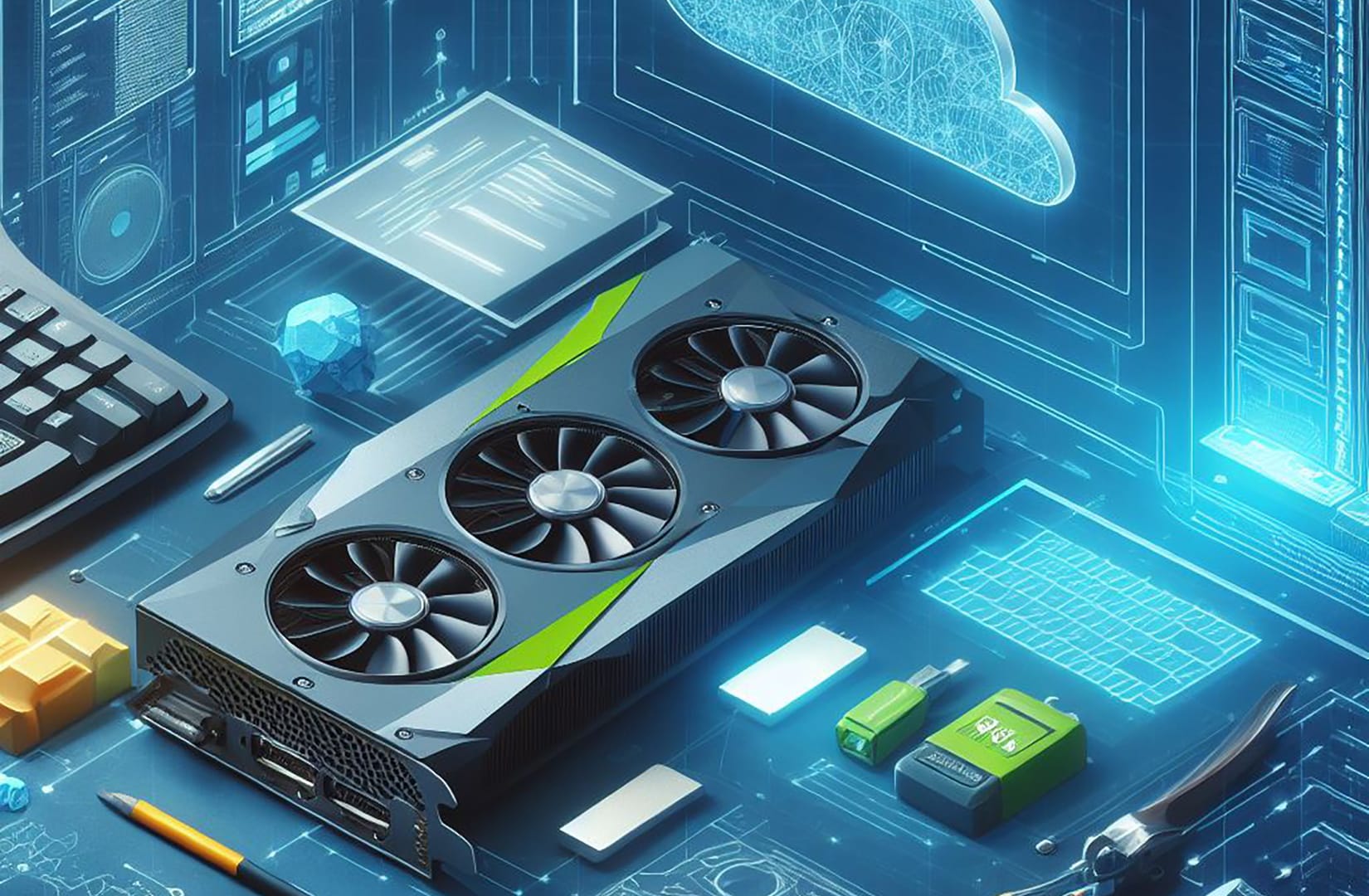What is the optimal set-up for graphics-intensive users like engineers and designers? Read on to learn the tech mix to upgrade their setups and power data-intensive, modern, 3D CAD and animation workloads with Pure Storage and the NVIDIA vGPU.
Read the 101: What is dedicated GPU server?
The Pros and Cons of the Physical Workstation
Virtualizing the most demanding engineering and designers’ graphics-rich desktops within a company has been commonly regarded as the ‘last mile’ for Virtual Desktop Infrastructure (VDI) projects. The benefits of moving away from high-end workstations underneath each engineer or designer’s desk are numerous—working from anywhere from almost any device, physical resource sharing, and proprietary data security.
On the other side of that migration are perceived risks and unknowns that might make you hesitate. Workstation users are some of the most critical (and expensive) for the business. Any downtime or performance issues to them needs to be minimized as much as possible. Even still, there’s a desire to transfer this workload from a physical to virtualized state. The benefits and costs savings (both tangible and intangible) continue to grow, and the migration path is made easier as VDI and graphics technology continue to evolve and improve.
How to Successfully Migrate Workstations
This white paper can help. It describes a methodology for deploying the following:
- VMware Horizon 7 VDI environment using nVidia GRID K2 cards
- Cisco UCS C-series rack servers
- VMware vSphere 6.0
- Login VSI 4.1.5 (a performance testing tool for virtualized desktop simulation)
- SPECviewperf12 (the industry-standard tool for benchmarking graphics-rich applications)
- Microsoft Windows Server 2012 R2 and Microsoft Windows 7 (64-bit) as the guest operating systems
A Validated Design You Can Trust
Pure Storage has validated this design in its lab and this document details the hardware and software configuration, the test workload configuration and testing results that includes implementation and best practices for a graphics-intensive VDI population using modern CAD tools.
Perhaps the most difficult challenge in benchmarking these types of tools is coming up with a meaningful comparison point that shows how option A contrasts and aligns to option B. To resolve this problem we ran the same graphics benchmarking software on a physical engineering workstation with comparable hardware characteristics to our nVidia GRID-enabled virtual workstations to provide an ‘apples-to-apples’ comparison point which shows that virtual workstations are not only equal to, but often exceed the performance of a physical workstation when backed by Pure Storage.
A Modular Design that’s Easy to Integrate
One of the more compelling benefits of this design is that it is extremely modular and can be added to existing infrastructure, enabling more traditional desktop users and your CAD engineers to run on top of the same cost-effective converged infrastructure solution.
We recommend testing out your own unique datasets and applications internally at production scale in order to arrive at the optimal configuration for your end-users. The results of our testing will give you a big head start on what optimizations to use for optimal results. Pure Storage is very POC-friendly and setup of the array is typically completed in under an hour, allowing for meaningful benchmark testing using your production CAD workloads to get underway in short order.
Whatever the workload, we’re confident that the combination of Pure Storage FlashArray and NVIDIA vGPU will provide the performance and security that your company and engineers are looking for.





